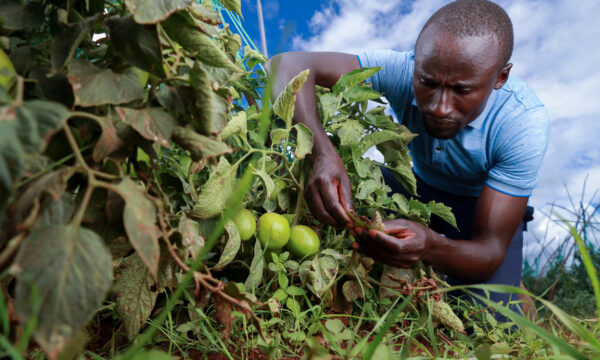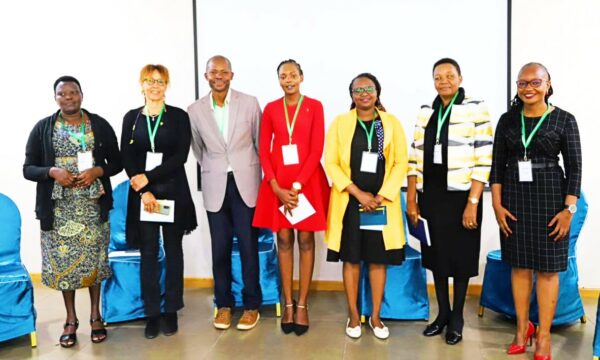The FAO estimates that up to 40% of global crop yields are reduced each year due to the damage caused by pests (FAO, 2015). Crop losses have a huge impact on the livelihoods of smallholder farmers. They result in less food for them and their families and a lower income for spending on education and farming resources, including tools for the management and control of pests.
Accurate pest forecasting systems therefore need to be made available so that farmers can be warned of potential pest outbreaks that may severely damage crops. Pest forecasts enable farmers to implement prevention methods in time for them to be most effective.
In order to meet this need, CABI is leading a £6.3 million project to create a Pest Risk Information SErvice (PRISE) for sub-Saharan Africa, funded by the UK Space Agency. CABI is working with ASSIMILA Ltd, Kings College London, STFC Centre for Environmental Data Analysis and government agencies in in Kenya (MOALF and KALRO), Ghana (PPRSD) and Zambia (ZARI), to design a model that identifies risks to crop health from insects and diseases. The model will use environmental data, such as land surface temperature and rainfall, and combine it with models on pest life cycles to make risk assessments which can be sent out along with preventative or management advice.
Certain environmental conditions can trigger wide scale pest population expansions. For example, humidity and temperature affect the incubation time of maize stem borer eggs and its pupal period, thereby influencing reproductive rate and development time. Depending on environmental conditions, egg incubation can take 5-7 days and the pupal period can vary between 7-10 days (Tefera et al., 2010). If environmental conditions are optimal, a population explosion can result. In Kenya, losses due to maize stem borer damage vary around 14% on average (De Grotte, 2002).
Accurate pest modelling is therefore vital so that the impacts of population expansion and movement events can be minimised. We have already begun pest modelling activities: determining day degree models for insets, identifying how best to model crop pathogens, and carrying out crop modelling.
We have also been working with in-country partners to identify priority crops and pests and assess existing, historical pest data sets for validating pest models. Throughout April, Plantwise held workshops in Ghana, Kenya and Zambia to gather this information. Since then, tablets have been introduced into the workflow of over 100 extension experts working as Plantwise plant doctors in Ghana, enabling them to receive information from, and feed pest distribution data to PRISE.
Climate change is likely to continue driving extreme weather events which influence pest numbers and distribution both locally and globally. In addition, global trade and travel further promote the spread of pests. It is therefore vital that models such as PRISE are created to help reduce the impact pest outbreaks have on the livelihoods of farmers.
FAO, 2015. Keeping plant pests and diseases at bay: experts focus on global measures. Online. Available at: http://www.fao.org/news/story/en/item/280489/icode/
Tefera T, Mugo S, Tende R, Likhayo P, 2010. Mass Rearing of Stem Borers, Maize Weevil, and Larger Grain Borer Insect Pests of Maize. Nairobi, Kenya: CIMMYT.
De Groote H, 2002. Maize yield losses from stemborers in Kenya. Insect Sci. Appl., 22:89-96.
4 Comments
Leave a Reply
Related News & Blogs
Five yield-threatening pests and diseases of rice
Pests and diseases of rice are a significant constraint in rice production, accounting for up to 30% of yield losses. Rice is cultivated in over 100 countries and is a staple food source for over half the world’s population. Therefore, the sustainable…
28 November 2023









[…] via Pest Risk Information Service for sub-Saharan Africa — The Plantwise Blog […]
[…] via Pest Risk Information Service for sub-Saharan Africa — The Plantwise Blog […]
[…] a brief explanation of how PRISE will work Brian was taken through the survey and its relevance to his role. “The pest forecast […]
[…] a brief explanation of how PRISE will work, Brian was taken through the survey and its relevance to his role. “The pest […]